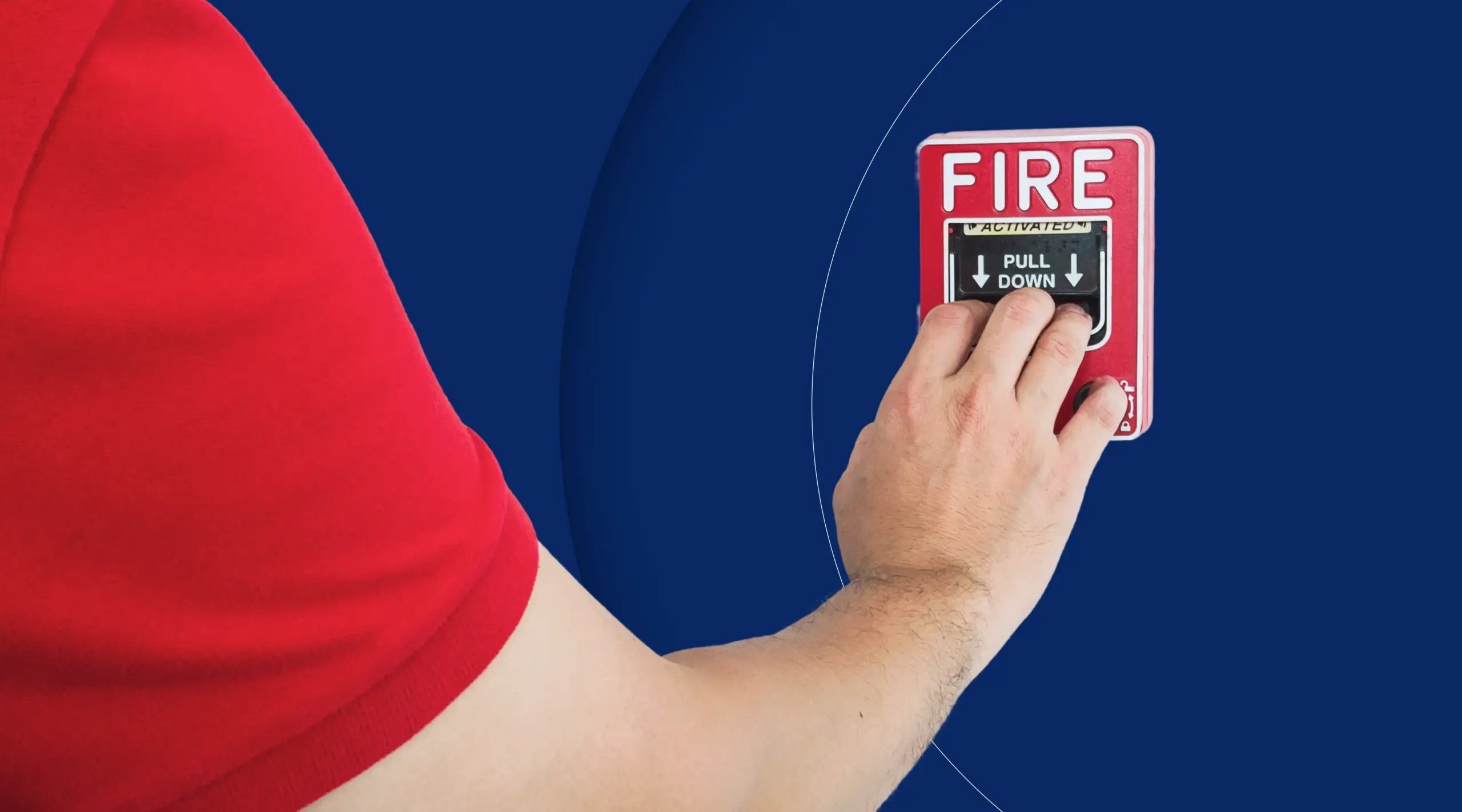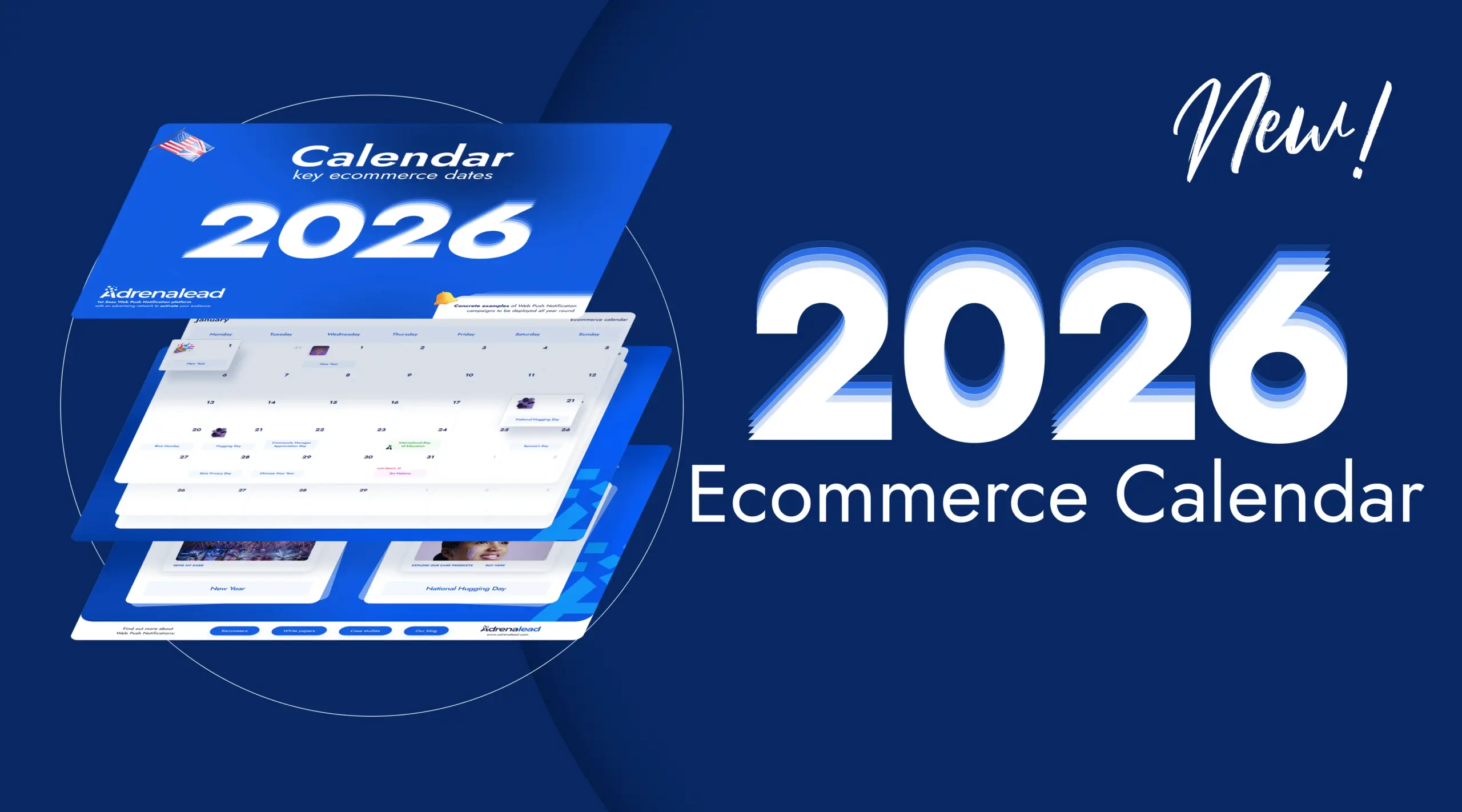
This week, a controversy propelled the issue of brand safety into the spotlight of public debate. The Leroy Merlin brand found itself associated with a far-right website, triggering a chain reaction of reactions… and a political and media storm.
Beyond the buzz, this episode highlights an undeniable reality: in a fragmented advertising ecosystem, brands no longer have room for error. Their image can be impacted in a matter of minutes, sometimes without them even being aware of the environments in which their campaigns appear.
Let’s take a look back at the incident that shook brands, politicians, and citizens alike. But above all, let’s highlight a solution that allows you to avoid this kind of situation altogether, guaranteeing the neutrality of the display environment: Web Push.
What happened: an advertisement displayed in the wrong place?
It all started with a post on social network X: the Sleeping Giants collective spotted Leroy Merlin advertisements on a media outlet classified as far-right.
Alerted to this, the brand immediately:
- added this media outlet to its list of blocked advertising sites,
- issued a public statement to distance itself from the site,
- and reaffirmed that it did not endorse the content of the media outlet in question in any way.
The decision, although initially intended to protect the brand’s image, sparked a wave of political reactions, fueled calls for a boycott, and intensified a national discussion about ideological influences online.
A simple advertising placement has thus become a national public affair.
The real issue behind this case: brand safety
This situation is symptomatic of a deeply rooted issue in digital advertising: brands no longer have complete control over the environments in which their ads appear.
With programmatic mechanisms, thousands of sites can host a campaign without the advertiser or agency having to validate each context individually.
There are many risks:
- Unintentional association with political, violent, or extreme content
- Damage to brand image
- Viral reactions on social media
- Media pressure
- Calls for boycotts
A well-targeted campaign can therefore become a major reputational risk in just a few impressions.
And the more exposed a brand is, the more this pressure intensifies.
Web Push: a secure format for advertisers
This is where a format such as Web Push Notification, offered by Adrenalead, comes into its own.
A 100% controlled environment
Unlike a traditional display ad, a web push ad does not appear on a third-party site, but directly on the user’s screen.
Result:
- No unintended association with a website
- No risk of seeing your ad next to sensitive content
- No uncontrolled editorial context
This is the most “Brand Safety” format by-design thanks to the way it works.
A truly qualified audience
Web Push is aimed solely at internet users:
- Those who have voluntarily subscribed to notifications from the brand
- Or who have voluntarily registered on partner media sites via the Adrenalead advertising network
Controlled, transparent, and accurate distribution
Advertisers know precisely when their ads are being displayed, to which types of Internet users, and, above all, without any unpredictable editorial intermediaries.
For a brand, this represents unparalleled advertising governance.
Adrenalead’s position: supporting brands in moving towards a safer and more effective model
At Adrenalead, we have deliberately chosen a model that is far removed from traditional display advertising, precisely to avoid these contextual issues.
Web Push advertising is therefore a solution that is more respectful of internet users (prior consent to receive advertising messages), more secure for brands, and more effective in the long term.
It is part of an approach based on control, commitment, and sustainable performance. In a world where every impression counts, advertising must be both effective and irreproachable.



